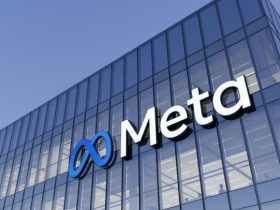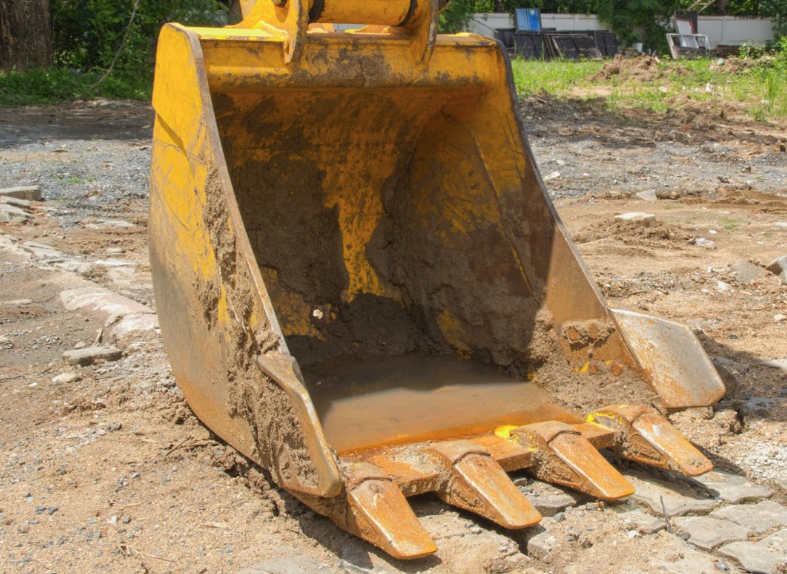Introduction
Clearing creates tons of organic material. Treated as waste, that volume means hauling costs and landfill fees. Managed as a resource, it becomes erosion control, soil amendment, or sellable products. If you want to reduce expenses and environmental impact on land clearing in Fort Myers projects, reuse is the obvious smart move.
This guide shows practical options for chipping, composting, timber salvage, and on-site reuse that align with local permitting and site stability needs.
Start with a debris plan
Before the first cut, inventory trees and underbrush. Separate merchantable timber, clean wood for chipping, and material that contains invasive species or disease. That inventory directs equipment choices and reduces double-handling.
Place designated chip and stockpile zones away from drains and buffers. A clear plan reduces confusion and prevents illegal dumping.
Chipping and grinding on-site
Chippers turn branches and small trunks into usable mulch. Grinders handle stumps and larger wood. Use on-site chipping to stabilize slopes, protect exposed soils, and create walkways. On-site mulch reduces truck trips and landfill fees.
Control where chips get stored, keep them uphill and away from wetland buffers so runoff won’t carry fines into surface waters.
Composting for soil improvement
Leaves and small woody material compost into usable soil amendment. For sandy Fort Myers soils, compost increases water retention and supports landscaping. Manage compost windrows to master temperature and moisture. Finished compost can be blended into planting beds or sold to local landscapers.
Composting also reduces the volume sent off-site and cuts disposal costs.
Timber salvage and sales
Merchantable logs can offset clearing costs. Arrange timber harvesting carefully to protect remaining trees and limit skid routes. Clear agreements and haul plans keep the operation legal and efficient.
Document timber sales and routes for permitting records. Good documentation avoids later disputes with regulators.
Mulch use for erosion control
Spread wood chips over bare soil to reduce erosion immediately. Chips moderate rain impact and retain moisture while seed establishes. Combine chips with hydroseeding where rapid stabilization is required.
Do not place fresh chips directly against tree trunks or in wetlands. Maintain appropriate separation from sensitive vegetation.
Handling invasives and diseased material
Identify and segregate invasive species. Some invasives resprout from chips or root fragments. Dispose of invasive biomass per local regulations, often at permitted green waste facilities or by controlled incineration if permitted.
Don’t contaminate compost or mulch supplies with invasives.
Community reuse and partnerships
Offer excess mulch or compost to local parks, nurseries, or community groups. Partnership programs reduce disposal needs and build goodwill. Municipalities frequently accept material for public landscaping projects.
Equipment considerations
Chippers, grinders, and a small fleet of loaders make reuse feasible. For large volumes, consider subcontracting a mobile chipper or a biomass removal service. Factor equipment costs against hauling and disposal fees to find the best economics.
Permit and documentation needs
Include debris plans in permit packages when required. Agencies appreciate on-site reuse strategies and may view them favorably during review. Keep manifests for any material hauled off-site.
Conclusion
Smart debris management on Fort Myers land clearing projects turns a cost center into an asset. Inventory, chip, compost, salvage timber, and partner with the community. Keep invasives out of the reuse stream and document everything for permits. Do that and you’ll reduce costs, stabilize the site, and leave a cleaner project footprint.









Leave a Reply